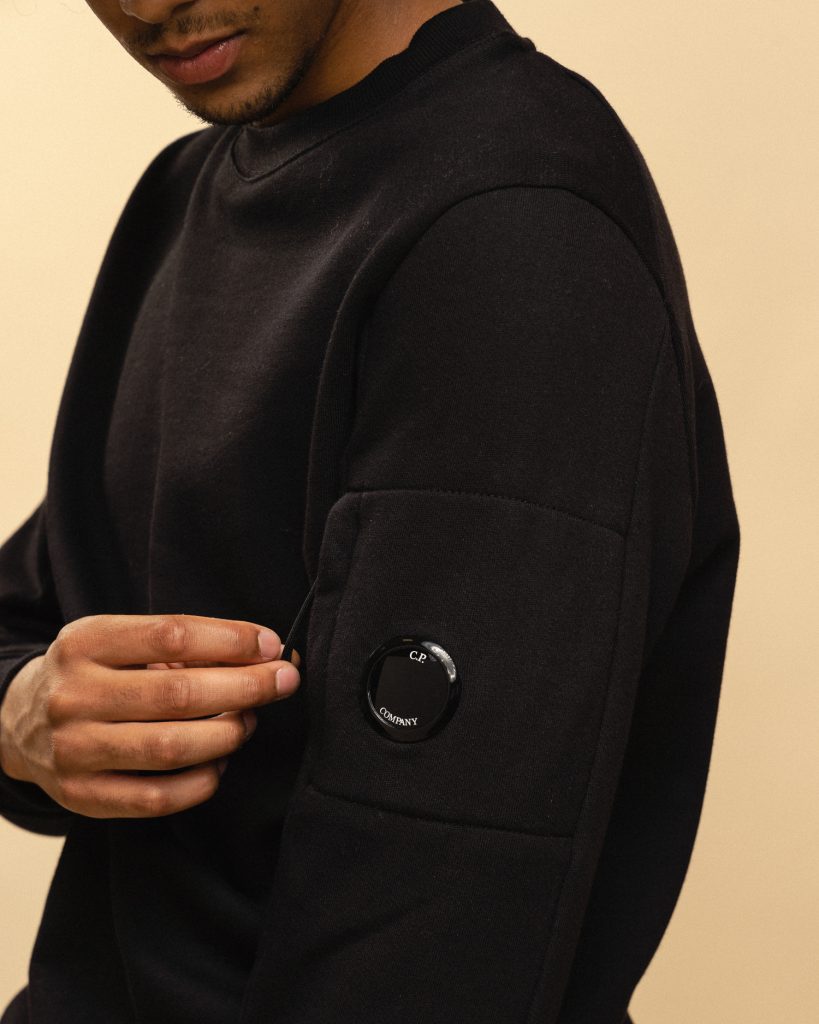Exactly 50 years ago Massimo Osti, a graphic designer from Barcelona, laid the foundation for a brand that today is known especially for textile innovation. With the name Chester Perry began the history of the company in 1971, which was renamed to C.P. Company seven years later. Shortly thereafter C.P. caused one of the most explosive and influential bursts of creativity in the history of sportswear.
Osti was a pioneer in his field at the time, combining the functionality of classic military, work and sportswear with intensive fabric research and innovation. The brand was also the first in the world to use dyeing techniques.
The new kind of fabric treatment followed a technique that C.P. Company developed in the mid-1970s, which used piece dyeing. In this process, ready-made garments made of various fabrics and fibers were dyed in the final processing step to create pieces with unique color richness and subtle tone-on-tone nuances.

This fusion of functional menswear and Italian fabric innovation is the origin of C.P. Company and still forms the basic framework for every single item of the brand.
It is not for no reason that Massimo Osti is called ‚the godfather of urban sportswear‘.
The designs of his next revolutionary idea, still find use in current C.P. collections: We are talking about the Goggle Jacket. It was inspired by protective hoods worn by the army. The jacket was promoted back then as the perfect jacket for any adventure. It not only protected from wind and rain and had several pockets for enough carrying space, it even had a small lens on the sleeve so the owner could easily look at his watch.
In present collections the famous lenses and goggles are applied onto jackets, tops and accessories and are the C.P. signature. Each item of the brand stands out for its uniqueness, quality and innovation, with the aim of creating a distinctive wearing comfort. The pieces of C.P. Company give the wearer the feeling of having always belonged to them, while combining new innovation with the past.




